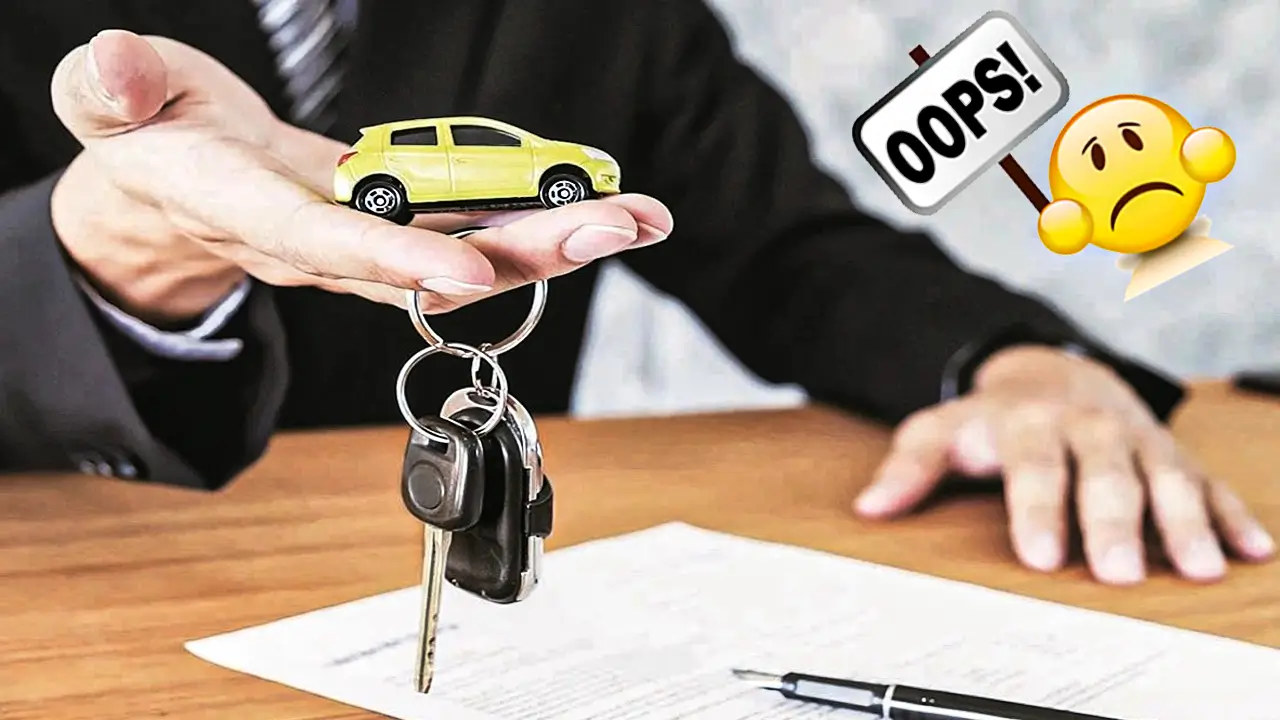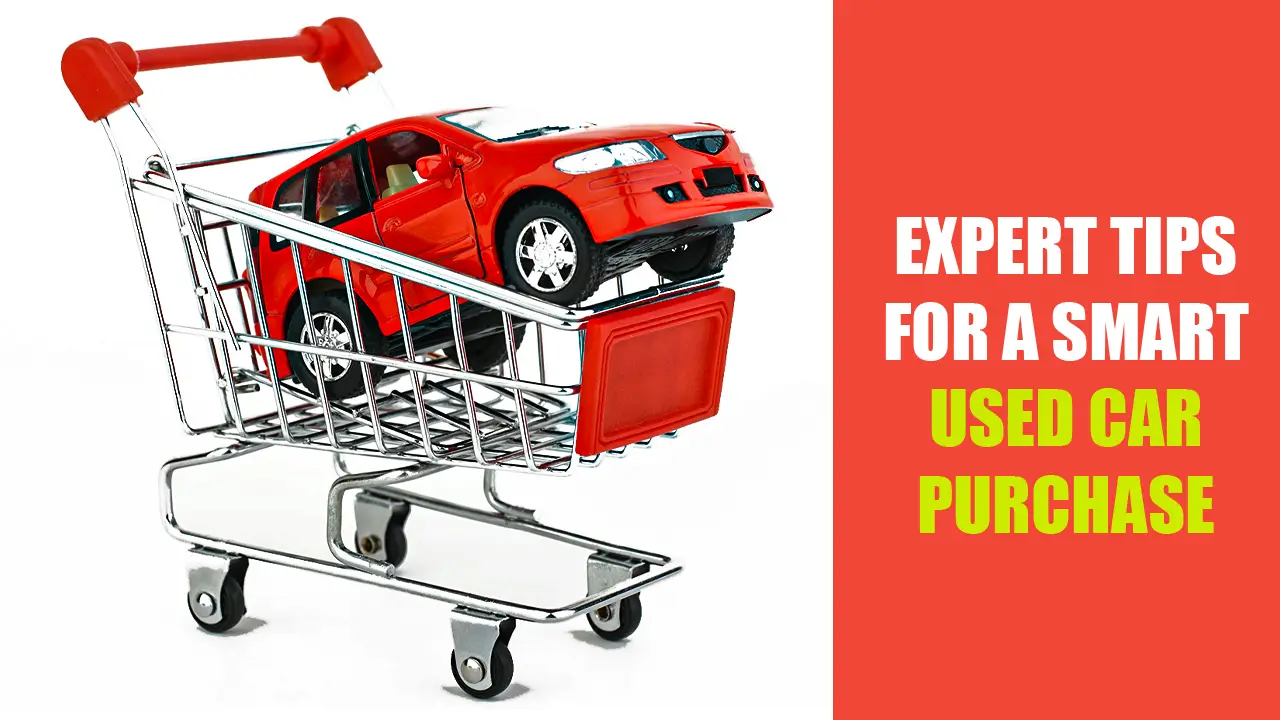In India and across the world, buying a used car can be a smart way to get more value for your money. But it’s also a decision that requires careful inspection and research. If you’re asking yourself, “What should I check before buying a used car?”, you’re already on the right path.
This article gives you a full breakdown of what experienced mechanics, auto journalists, and savvy car buyers look for before committing to a second-hand vehicle ensuring that your used car journey is a successful one.
Why You Need a Checklist Before Buying a Used Car
Unlike a new car, where the warranty and condition are guaranteed, a used vehicle carries a history. That history could involve regular service and careful driving or it could involve poor maintenance, accidents, or even flood damage. One overlooked detail could cost you thousands in repairs later.
A detailed pre-purchase inspection minimizes risk. It also gives you stronger negotiating power and the peace of mind that you’re not walking into a trap.
Used Car Inspection
The most important thing to check before buying a used car is the vehicle’s overall condition, which includes mechanical components, bodywork, tires, and interior. But don’t stop there. You need to understand the car’s documentation, insurance status, and accident history too.
Here’s how to approach the process like a professional.
Step 1: Review the Car’s Service History and Ownership
Ask for the service book or digital service record if available. Look for regular entries, ideally from an authorized service center. Frequent gaps in maintenance, or vague invoices, are red flags.
Also, verify the number of previous owners. A car with multiple owners in a short period may have recurring issues that lead to repeated resales.
Ask questions like:
- Has the car been involved in any major accidents?
- Why is the owner selling it?
- Was the car primarily driven in the city, highways, or rural areas?
These help reveal how the car was used or abused.
Step 2: Conduct a Thorough Visual and Exterior Check
Start by walking around the car slowly. Check for inconsistent panel gaps, paint mismatches, or signs of recent bodywork. These usually indicate repairs after a collision. Focus on:
- The bonnet and bumper alignment
- Rust near wheel arches and underbody
- Foggy headlights or cracked taillights
- Unusual dents that don’t match the car’s story
Don’t forget the tires. Uneven wear on the tread could mean suspension or alignment issues.
Step 3: Inspect the Engine Bay and Fluids
Open the hood and observe the engine condition. Check for oil leaks, broken clamps, or missing covers. Pull out the dipstick the oil should not be dark black or gritty. Similarly, inspect coolant, brake fluid, and transmission fluid levels.
If the engine compartment looks unusually clean, it may have been power-washed to hide leaks. On the flip side, a dusty engine isn’t necessarily a problem it could mean the car hasn’t been tampered with recently.
Also Read: Cars That Are Not Allowed in South Africa: Understanding South Africa’s Car Restrictions
Step 4: Interior Condition Reveals How the Car Was Treated
Sit in all the seats, turn on the ignition, and test the AC, infotainment, windows, and wipers. If something doesn’t work, note it small issues often point to bigger neglect.
A worn-out steering wheel, gear knob, or pedals on a car showing low kilometers should raise questions. These are often signs of odometer tampering.
If the roof liner is sagging, or the floor mats are moldy, the car might have suffered from water damage.
Step 5: Take a Proper Test Drive
A five-minute spin around the block isn’t enough. Drive the car for at least 15–20 minutes on both city roads and open stretches. Feel the steering — is it responsive? Are there vibrations when you brake? Does the clutch feel too soft or hard?
Watch for these issues:
- Engine hesitation or jerking
- Delayed gear shifts in automatics
- Rattling sounds from the suspension
- Warning lights that stay on
Your instincts matter. If the car doesn’t “feel right,” walk away.
Step 6: Verify the Documentation
This is one of the most overlooked but critical things to check before buying a used car in India.
Ensure the following documents are available and in order:
- RC (Registration Certificate) – check for owner’s name, registration type, and address
- Insurance Paper – check validity and claim history
- PUC Certificate – A valid pollution certificate is mandatory
- Road Tax Receipts – ensure tax has been paid up to date
- NOC – if the car is from a different state
- Loan Clearance Certificate – if the car was financed
Cross-verify the VIN number on the RC with what’s stamped on the chassis and windshield.
Step 7: Check Online Vehicle History (if possible)
Websites like Parivahan in India or platforms like Carfax (for global markets) can help you see past ownership, accident history, and even insurance claims. A few minutes of research here can save you from a major scam.
Avoid These Common Traps

- Don’t fall for cosmetic upgrades. A shiny paint job can’t fix a cracked chassis.
- Avoid cars with flood damage. Corrosion and electrical failures will haunt you later.
- Don’t skip the mechanic inspection. Always get a second opinion if possible.
Recent Posts
- Audi GT50 Concept: A Loud Reminder of Why Car Enthusiasts Fell in Love With Audi
- Nearly 30% of UK Drivers Believe Car Tax Should Be Based on Mileage — Survey
- Why Planes and Boats Escaped the Luxury Tax But Cars Didn’t
- Australia’s Headlight Confusion: Authorities Warn Drivers After Viral $250 Headlight Rule Goes Wild Online
- 2025 Hyundai Venue Facelift Launched in India – Full Details, Variants, and Price
Author’s Take
Buying a used car isn’t risky if you know what to check. By following this expert-backed checklist and being patient with your decision, you can find a second-hand vehicle that performs reliably for years.
Don’t let urgency or price rush your judgment. With proper inspection, the right paperwork, and a clear understanding of the car’s history, a used vehicle can be one of the smartest financial choices you make. The above-mentioned points are only our research and perspective always do your research before taking or making any decisions.
